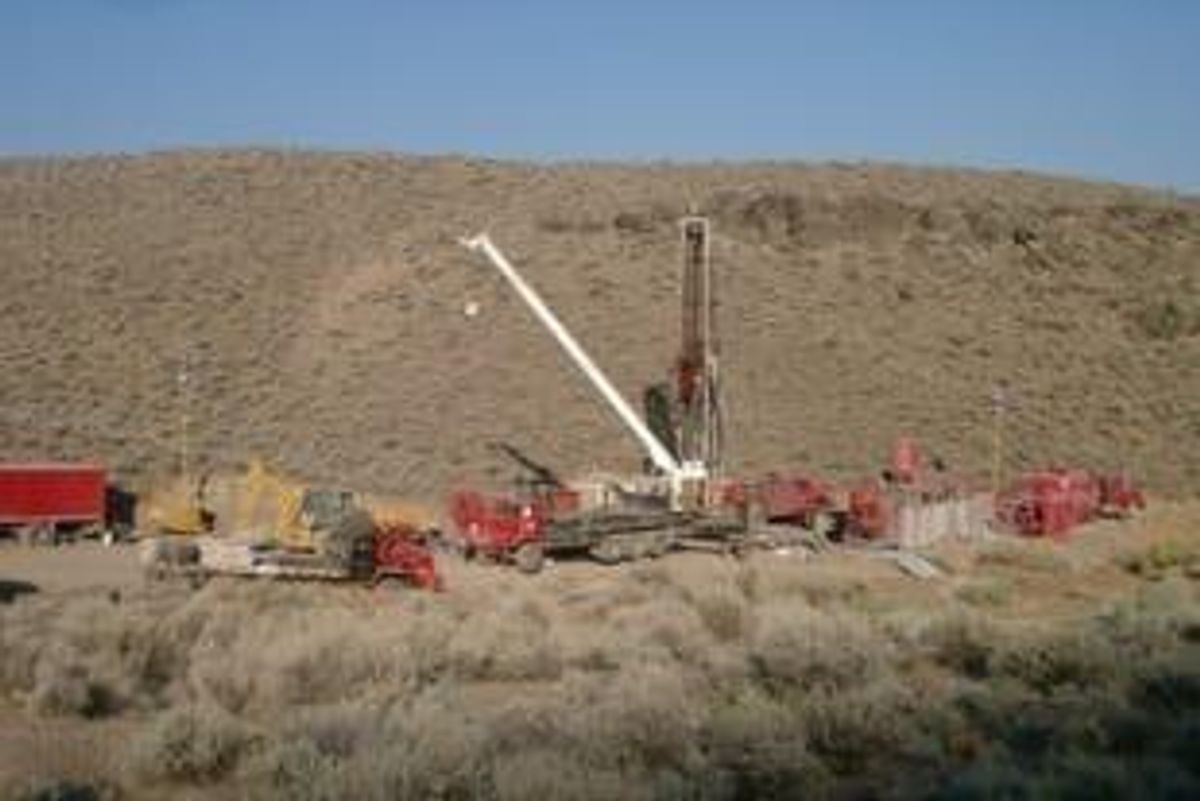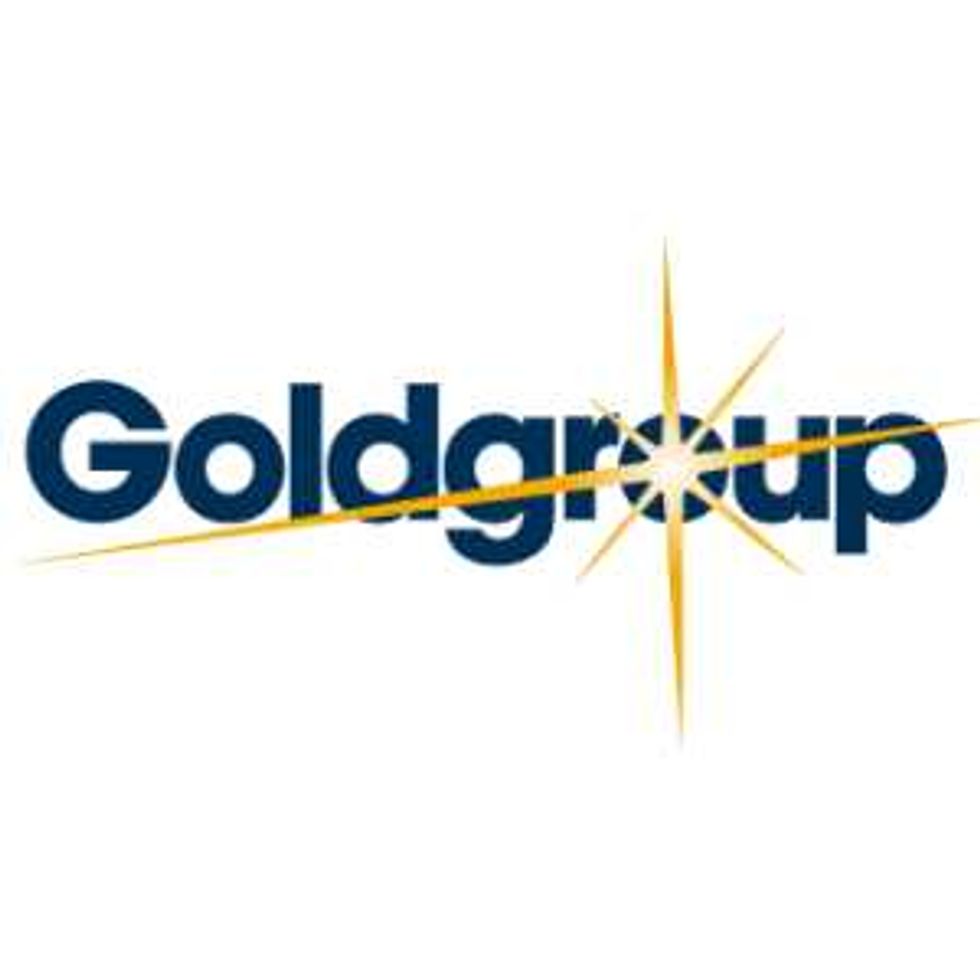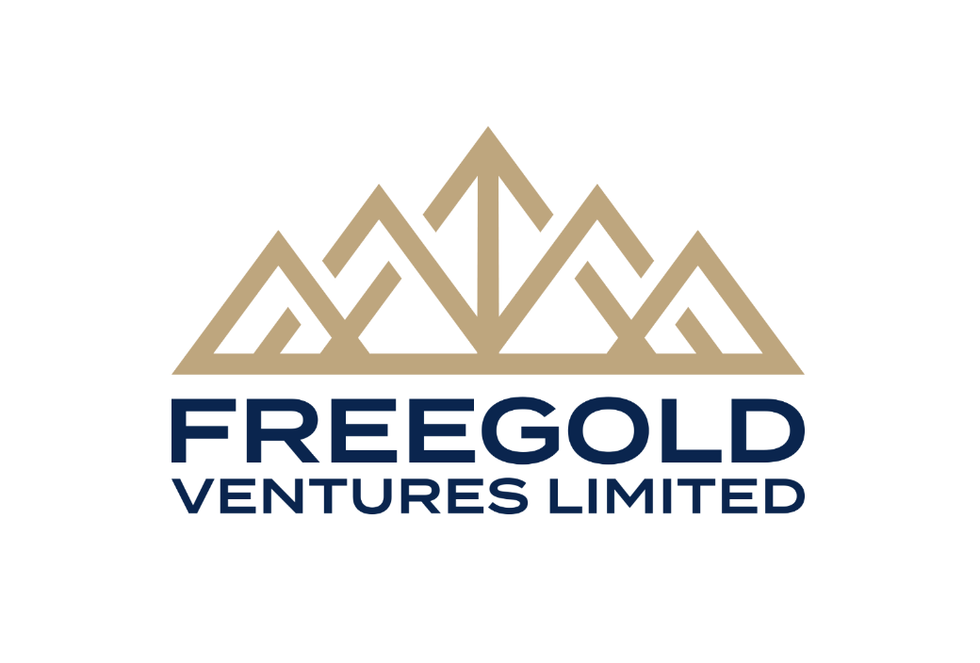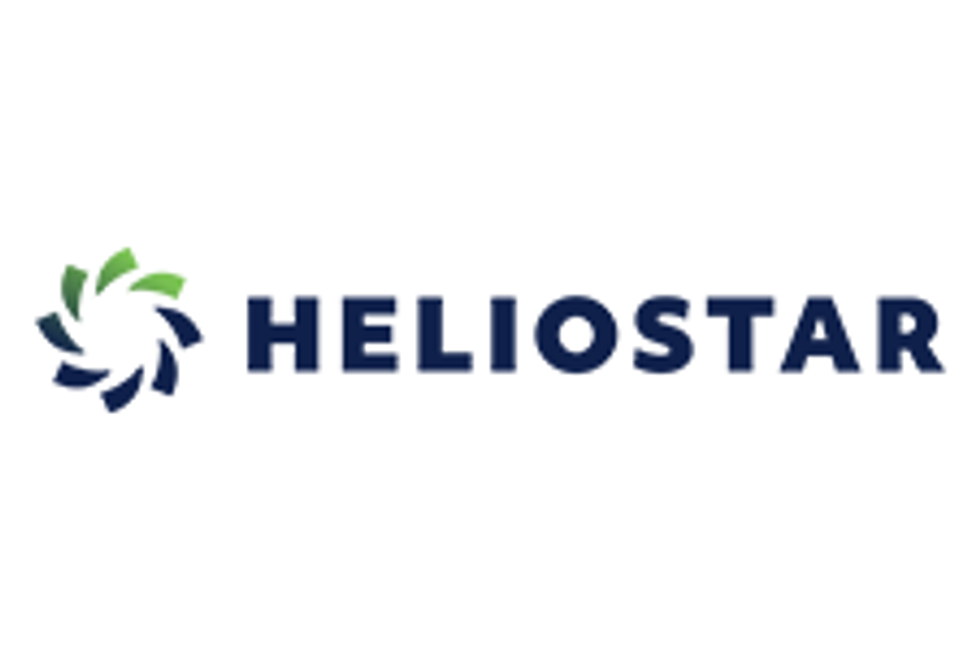Nevada: Where Low-grade Gold Deposits Can Still Be World Class

Nevada is home to the famous Carlin trend, one of the top three gold fields in the world. The Carlin and other mines along the trend pioneered the method of open-pit mining with cyanide heap leach recovery that today is used at large low-grade gold mines worldwide. The state is also home to other prolific gold trends, including the Cortez.
This article was first published on Gold Investing News on July 13, 2010
By Leia Michele Toovey- Exclusive to Gold Investing News
The romance of golden riches has attracted would be gold miners for hundreds of years; unfortunately, very few of the early prospectors were successful in their hunt. When the gold rush hit California most who had good fortune in finding gold out west had previous victories back east. Did pure luck play a part? Perhaps, but experience was paramount. These early prospectors were the first to use science to increase the probability of discovering gold.
Over the years, gold exploration has evolved. The early-day prospectors searched for gold with nothing more than a pick axe and perhaps a gold pan. Today, explorers hone in on a gold resource by using a variety of technically advanced geophysical surveys.
Modern day explorers, while still concerned with discovering gold, are even more interested in the quality of a potential deposit. In assessing quality, an exploration company will estimate the concentration (grade) of the gold, the total amount of gold, the cost of extracting the gold, and the cost of refining the gold. The balance of all these variables determines the value of a mine. The estimated value of a property indicates whether or not it can be developed into a viable mining operation, a transition that many exploration properties never make.
When determining the viability of transitioning an exploration property to a profitable mine, the total picture must be assessed. According to the World Gold Council, larger and better quality underground mines contain around 8 to 10g/t of gold, while marginal underground mines have averages of around 4 to 6g/t. Open pit mines usually have lower grades from 1g/t to 4g/t, but can be highly valuable despite the lower average grade. In all cases, the tonnage contained in the deposit is the last and most important piece of the puzzle.
In the past, gold explorers would shy away from a deposit with less than 1g/t of gold, common in Nevada. However, those who saw the total picture were willing to take a risk in mining for gold in the state. To date, the low grade deposits in Nevada have become one of the largest sources of gold in the world. Total recorded gold production from 1835 to 2008 totaled 152 million ounces, worth about US$180 billion at 2010 prices with the majority coming from low grade/high tonnage deposits in the last 30 years.
Nevada is home to the famous Carlin trend, one of the top three gold fields in the world. The Carlin and other mines along the trend pioneered the method of open-pit mining with cyanide heap leach recovery that today is used at large low-grade gold mines worldwide. The state is also home to other prolific gold trends, including the Cortez.
With the regions gold rush still on it seems that every major mining company holds some ground in Nevada, despite the fact that the grade of gold in the majority of the region is less than 1.0 g/t.
The Big Boys in Town
The Cortez Mine, open since 1968 and 100 percent owned and operated by Barrick Gold (TSX:ABX) (NYSE:ABX) as of January 2005 held proven and probable reserves totaling 234 million tonnes grading 1.4g/t gold equivalent at 74 percent recovery. The Cortez mine has one of the lowest costs of production compared to all other operating mines in the state of Nevada.
A common misconception surrounding low grade deposits is that they must be enormous in scale to be profitable. The Marigold mine is joint venture between Goldcorp (TSX:G) (NYSE:GG)and Barrick. The mine has been in production since 1988 and utilizes heap-leaching to keep the cost of operation low. The operating cost per tonne is $575, and the grade of gold was 0.63 g/t in 2009. Despite being in operation for 22 years, the mine is still very profitable. In 2009, for their 66 percent stake in the joint venture, Goldcorp produced 98,000 ounces of gold from 8000 tonnes of ore. With gold averaging $972 per ounce, this equals approximately 98 million dollars’ worth of gold. Marigold is just one prime example of small heap leach operations in the region- there are many to cite. Marigold is a model example of how, when determining the economics of a mine, all factors need to be considered. Despite being a relatively small, low-grade deposit, the mine has churned out impressive profits by offering a large total deposit and low cost operations.
The Nevada gold fields are nowhere near exhaustion and exploration work is still in progress. A prime example of a junior exploration company seeing a great deal of success in the region is Coral Gold Resources (TSXV:CLH). Coral Gold has an ongoing exploration program in the region along the Cortez gold trend in north-central Nevada. Their main project, the Robertson Project, adjoins the massive Pipeline Open pit which is part of the Cortez Mine complex. To date, exploration work has indicated that there is a resource of 3.4 million ounces of gold at Robertson. For national instrument compliance, Coral’s gold resource estimate was compiled by Beacon Hill consultants, an independent engineering firm. In their report, Beacon Hill commented that the resource was “open for expansion” and they suggested that drilling should be continued in order to fully assess the resource..
Coral Gold Resources has done exactly that with proposed drilling intended to move the project towards a preliminary economic assessment report. With a comparably sized resource, Coral Gold’s Robertson project could potentially be very similar to the Marigold mine. In the 1990’s, prior to golds descent below $300, Coral had a small heap leach operation that had very similar grades and recovery rates as the Marigold mine. Considering Goldcorp sold 98 million dollars’ worth of gold from Marigold last year alone, impressive for a mine already in operation for 22 years, Coral Gold has to be content with holding ownership in an exploration property that is likened to Marigold and in such close proximity to the world premier gold mining company’s flag ship project . Coral Gold Resources has a Joint Venture with Barrick Gold and Levon Resources (TSXV:LVN) to explore other claims in the region.
Other juniors that are active in Nevada include Miranda Gold Corp (TSXV:MAD), Allied Nevada Gold Corp (AMEX: ANV) (TSX:ANV) and Midway Gold (AMEX:MDW). Miranda Gold Corp holds five properties on the Cortez Gold Trend, and another six in the state of Nevada. Allied Nevada Gold Corp’s signature mine is the Hycroft Mine in Nevada. Allied mines both gold and silver from their Hycroft mine. For Hycroft, Allied has estimated combined oxide and sulfide measured and indicated resources of 184,184,000 ounces of 0.36 gold. By employing heap leaching, Allied claims it has a 56 percent recovery rate at Hycroft.





